Reviews
Frederick Wiseman
USA, 1980
Credits
Review by Jenny Jediny
Posted on 13 June 2008
Source Zipporah Films DVD
Categories Frederick Wiseman
Frederick Wiseman’s Model debuted on the cusp of enormous changes in the modeling industry: for the first time, a select group of models, placed on billboards and in television ads, escalated in popularity over film and television stars, and the now familiar label of “supermodel” made women such as Elle Macpherson, Cindy Crawford, and Naomi Campbell household names. Model takes place slightly before models became such megastars, resulting in a documentary that fluctuates between time capsule and, at least for Wiseman, light-hearted gloss, as it provides a dramatic distinction to current trends of celebrity in the modeling industry.
Model begins at and continually returns to an elite modeling agency on the Upper East Side of Manhattan, where applicants offer their portfolios to somewhat clinical, but constructively critical employees. Oddly (at least to an individual with no modeling experience), models make appointments as easily as one might schedule a visit to the dentist; there appears to be little difficulty in getting agents to view a portfolio. Several women aren’t nearly tall enough (5’6 being the minimum height requirement, a minimum that seems laughable by today’s 5’11, Gisele-influenced standards) while others are advised to shoot a greater variety of photographs for their portfolio (softer, more dramatic, a touch of realism, etc.). Most noticeably, it’s a run of the mill interview—questions are asked about previous experience, and applicants calmly accept advice on where their specific “look” may earn them greater opportunities.
Filming a news crew interviewing models midway through the film, Wiseman presents now accepted lifestyle traits about modeling without actually speaking to its participants (as per his usual technique). We gradually learn about the generous salaries, the flippant consideration of nude photographs (the models interviewed shrug and maintain they have “nothing to hide”), and the pride taken in having friends and family members recognize their faces on magazine covers as they garner success in the industry. The banality of the questions is underscored by a diegetic soundtrack, as are other scenes in Model, as Wiseman convincingly depicts modeling as labor, albeit particularly luxurious toil if one manages to gain enough fame. Intercut with modeling sessions are beautiful b&w shots of Manhattan, quietly buzzing in a rather unfamiliar way to any average inhabitant intimately acquainted with the city; soon enough, the lack of bustling crowds, traffic, and even the subway reflects the closed, intangible nature of this world, despite the mundane atmosphere Wiseman portrays.
Recalling the rise of the supermodel in the 80s and 90s, and contrasting it with the contemporary rise of reality shows such as Project Runway and America’s Next Top Model certainly displays strong differences between these time periods, but also proves that models have maintained their allure with the public. The popularity of today’s television shows seems the result of two factors: both heavily edited drama between contestants (spinning off zesty catchphrases such as the popular “fierce”) and the seeming accessibility of the fashion world. There is nonetheless the omnipresent knowledge that this is a relatively exclusive industry that may feel within reach to the average viewer, but certainly isn’t, and perhaps this is the key element in keeping the average reader (or now, viewer) fascinated. Predating these familiar cultural concepts of models by nearly thirty years, Frederick Wiseman’s Model tackles the modeling industry with his steady, observant camera, capturing the monotony, but also the elusive nature of success in the industry.
More Frederick Wiseman
-
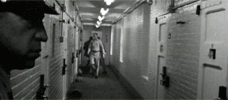
Titicut Follies
1967 -
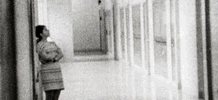
High School
1968 -

Law & Order
1969 -

Basic Training
1971 -
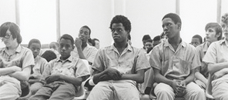
Juvenile Court
1972 -
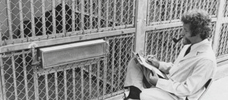
Primate
1974 -
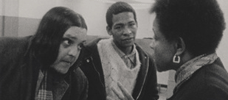
Welfare
1975 -
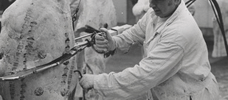
Meat
1976 -
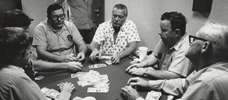
Sinai Field Mission
1978 -
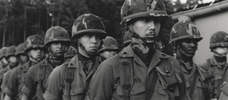
Manoeuvre
1979 -

Model
1980 -
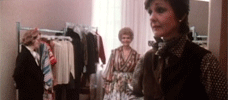
The Store
1983 -

Blind
USA -
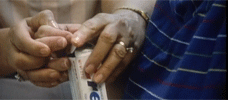
Adjustment & Work
1986 -

Missile
1987 -

Central Park
1989 -

Near Death
1989 -

Aspen
1991 -

Zoo
1993 -

High School II
1994 -

Ballet
1995 -
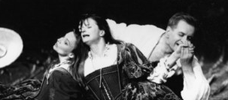
La Comédie-Française
1996 -
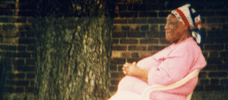
Public Housing
1997 -

Belfast, Maine
1999 -

Domestic Violence / Domestic Violence 2
2001 / 2002 -
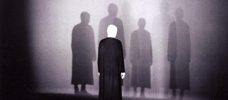
The Last Letter
2002 -

State Legislature
2006
We don’t do comments anymore, but you may contact us here or find us on Twitter or Facebook.



